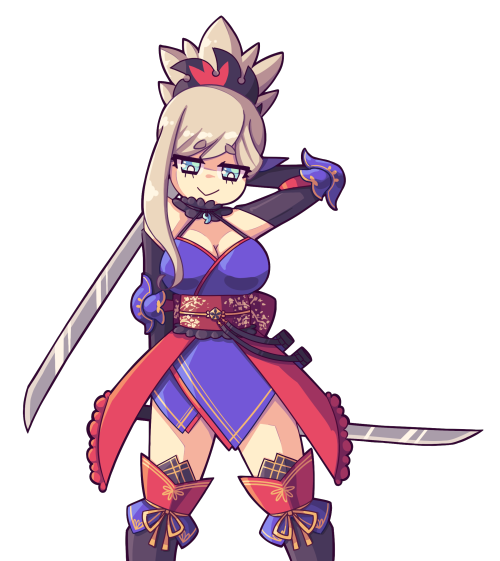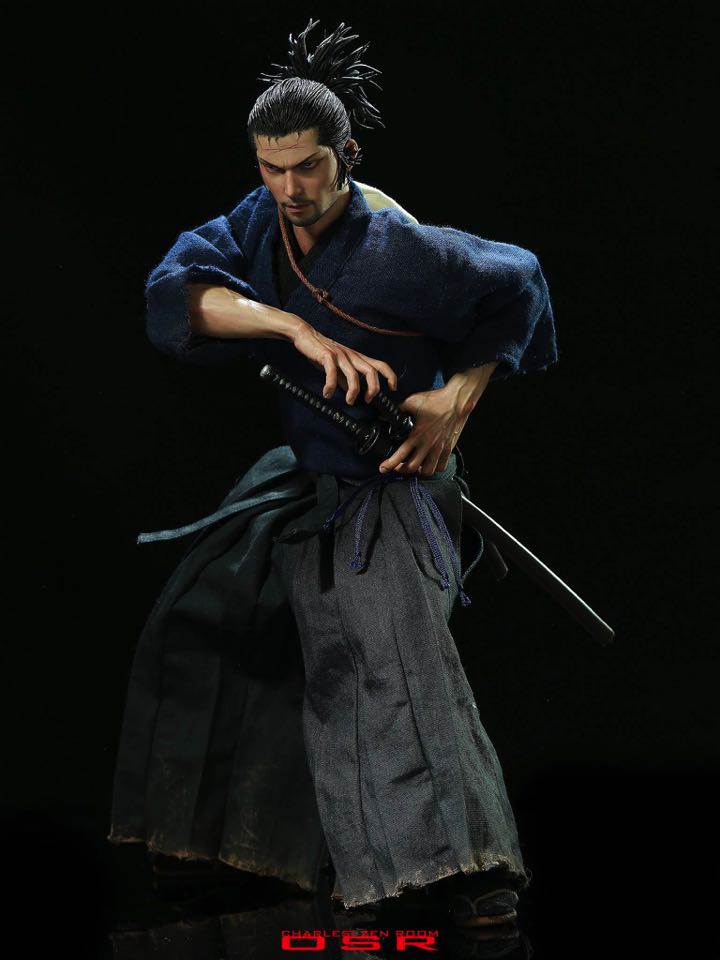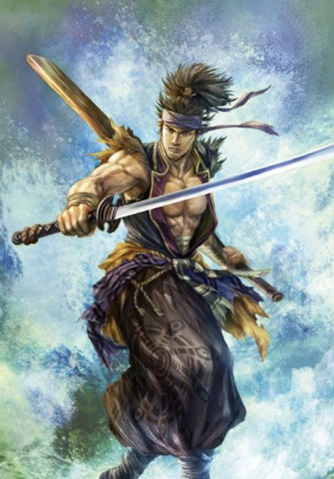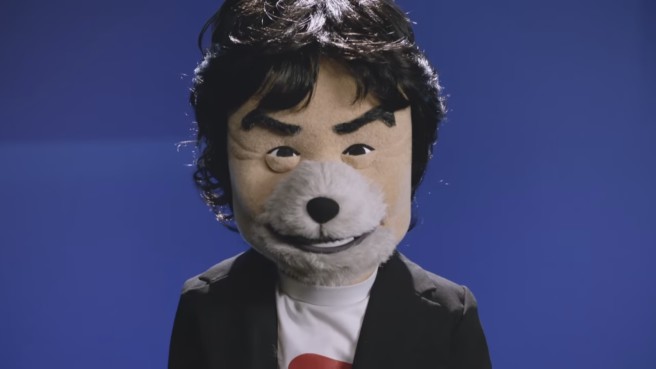

MUSASHI MIYAMOTO STAR PUPIL FANFICTION ARCHIVE

However, considering the way that Toshiro Mifune's persona dominates the trilogy, which provides one of his best roles of the Fifties, it is difficult to imagine them surpassing what Inagaki accomplishes in this film.
.png)
During the American occupation, all known prints of the films were destroyed only Part III survives in an incomplete version. Part I, as with the other films in the trilogy, was a remake of a Musashi Miyamoto trilogy that Inagaki had directed during the war between 19. After his training he adopts the name of Musashi. Takezo later fights on the losing side of the Battle of Sekigahara and is taken captive, then trained by the priest Takuan in the ways of Zen Buddhism. Akemi, the daughter of a woman who strips gear from fallen samurai, falls in love with him as well. A young man dreams of becoming a master samurai warrior and must overcome his humble, poverty-stricken roots to achieve that goal. Though Otsu is pledged to marry Matahachi, she falls in love with Takezo in what becomes a lifelong obsession. When his home village of Miyamoto is sacked by bandits, Takezo runs off with his friend Matahachi to become samurais. Part I of the Samurai trilogy, Musashi Miyamoto, depicts his origins as a swordsman. The novel begins with Takezo's departure from the village of Miyamoto and concludes with his duel with Kojiro Sasaki on Ganryu Island.
MUSASHI MIYAMOTO STAR PUPIL FANFICTION SERIAL
However, the film's plot derives not directly from Musashi's biography but from the popular novel Musashi Miyamoto by Eiji Yoshikawa, which was first published as a newspaper serial from 1935-1939. Toward the end of his life, he wrote The Book of the Five Rings (1643), a study in the tactics and philosophy of combat which has been translated into dozens of languages and is still widely read today. 1584-1645) was a brilliant freelancing swordfighter who remained undefeated after some sixty duels and also excelled in the arts. The historical figure of Musashi Miyamoto (ca.

(The second and third films in the trilogy rely more heavily on studio sets.) Most of the film was shot on location, which required a six month shooting schedule but it gives the film a memorable sense of immediacy. An early color production by Toho Studios, it became one of the most expensive Japanese films produced to date, with over 1,000 extras for the battle scenes. In fact the first part, Musashi Miyamoto (1954), was only the fourth Japanese film to receive distribution in America the first three were Rashomon (1950), Ugetsu Monogatari (1953) and Gate of Hell (1953). The three films in Hiroshi Inagaki's Samurai trilogy are among the most widely seen Japanese films in the U.S.


 0 kommentar(er)
0 kommentar(er)
